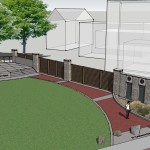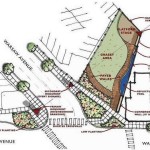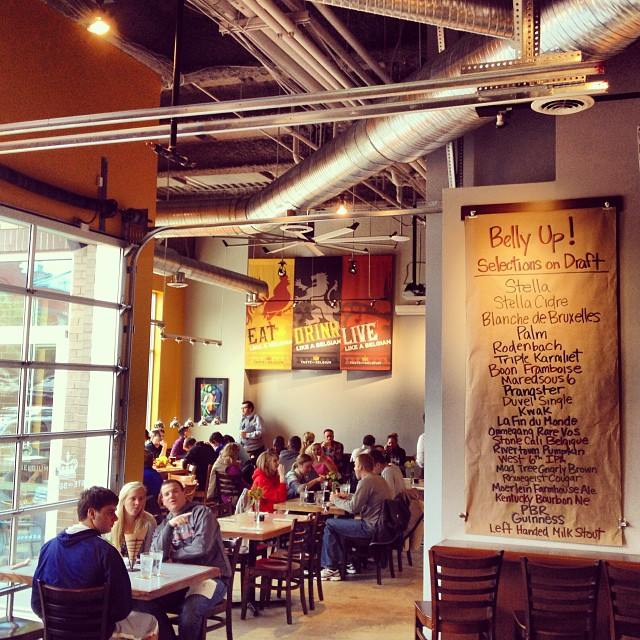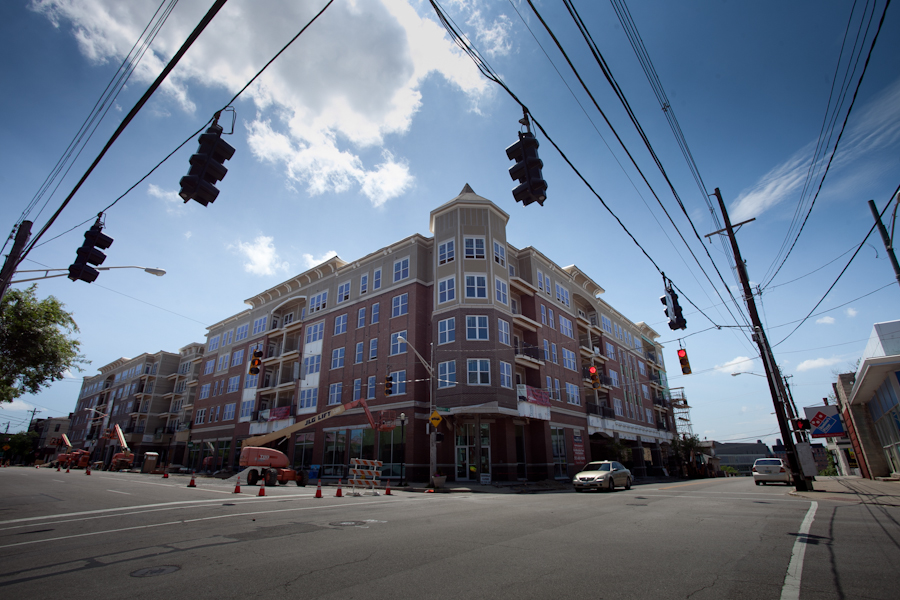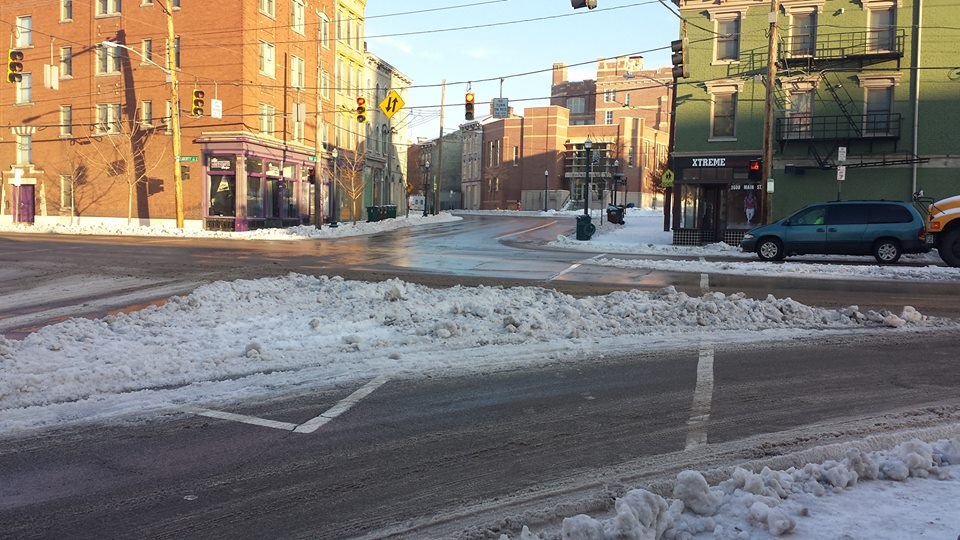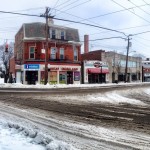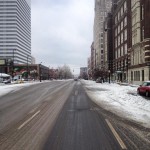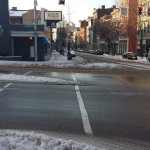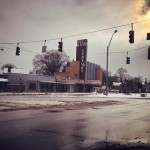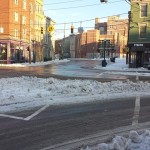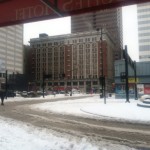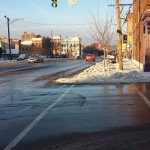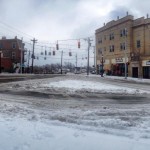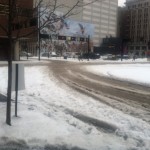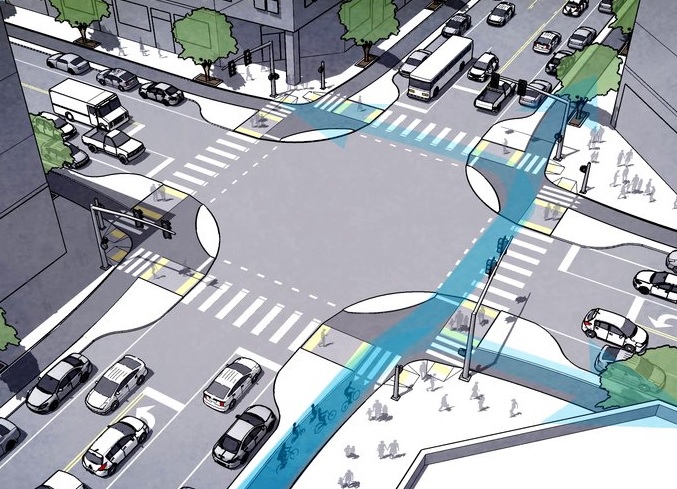City officials gathered in Olden View Park on Tuesday to kick-off the Price Hill Neighborhood Enhancement Program. Over the next several weeks city departments will provide a targeted clean-up effort in the neighborhood aimed at reducing blight and improving public safety.
Neighborhood leaders at Price Hill Will are also hoping to leverage the extra attention and investment for some other neighborhood priorities of theirs.
The first project they are hoping to advance is a collection of improvements to St. Lawrence Square that will include a stage, fountain, walkway, benches and other aesthetic upgrades. The second project, officials say, will look to improve the aesthetics surrounding a Duke Energy substation and neighboring lot.
In order to do this, Price Hill Will is looking to raise money for both projects through an event they will host on Tuesday, March 11 at The Crow’s Nest. The event will feature dueling guest bartenders competing for tips that will support the two projects.
“Dueling Bartenders is a series of fun fundraisers we started last fall with a showdown between Father Umberg and Sister Sally Duffy,” explained Pamela Taylor, Community Outreach Coordinator with Price Hill Will. “In this second round we are having two local authors – Dan Andriacco who writes Sherlockian mysteries and Greg Hoard who is a sportswriter and has authored several biographies.”
The fundraiser will take place from 5:30pm to 8pm on March 11, and all money raised will go toward making the improvements to St. Lawrence Square a reality. The Crow’s Nest (map) is easily accessible via Metro’s #32 and #33 bus routes from both Government Square and the Glenway Crossing Transit Center.

